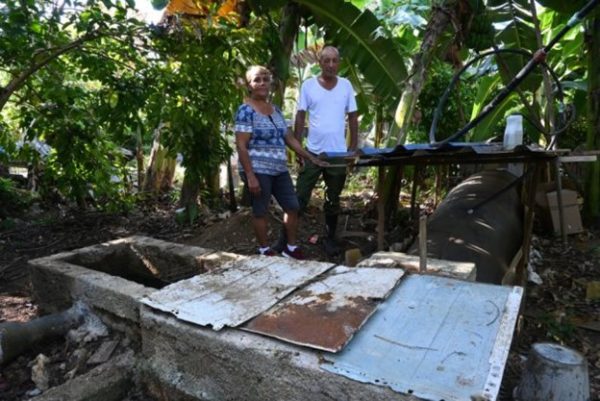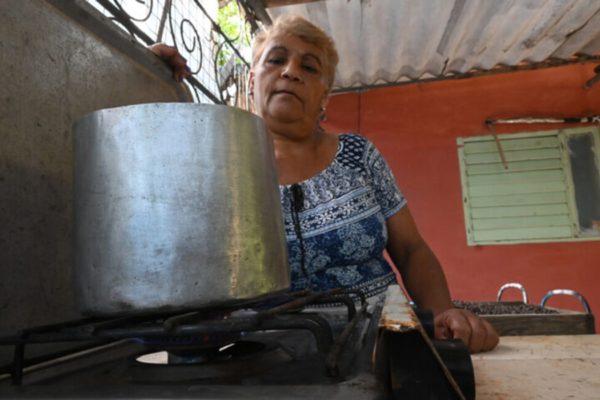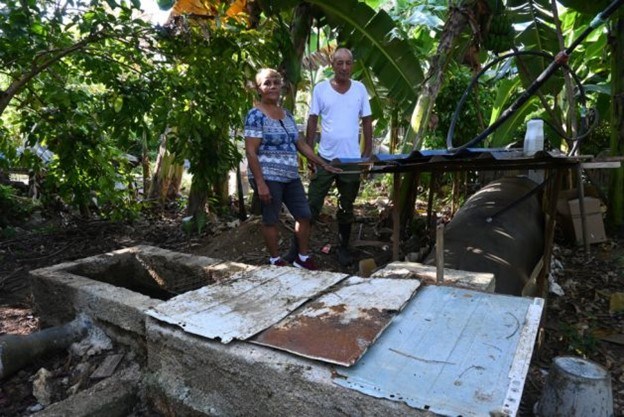
HAVANA TIMES – Just to obtain a good fertilizer it was worth building a biodigester, says Cuban farmer Alexis Garcia, who proudly shows the vegetables in his family’s garden, as well as the wide variety of fruit trees that have benefited from biol, the end product of biogas technology.
García and his wife Iris Mejías organically grow all the agricultural products that make them self-sufficient, on the land around their home in the semi-urban neighborhood of Sierra Maestra, in the municipality of Boyeros on the south side of Havana.
“We need a greater culture and awareness about renewable energies. There is resistance among some places and people. On the other hand, there are the high prices which do not foment the rapid expansion of technologies and equipment.” — Alexis García
“I used to use a little urea, but because of the economic situation it has become very difficult to import this and other fertilizers. The bioproducts are an opportunity to make up for that shortage and, in some cases, function as pesticides,” García, a 62-year-old retired university professor who is now dedicated to his crops, told IPS.
Biol is the liquid effluent with a certain degree of stabilization that comes out of the biodigester, once the process of anaerobic digestion of organic matter, which includes animal manure, crop waste and/or liquid waste, has been completed. It is rich in nutrients for crops and for restoring soil through fertigation.
García pointed out that the challenges of obtaining energy and the need to process manure prompted the installation of the geomembrane biodigester, which as of December 2023 provides about four cubic meters of biogas per day.
This is one of the three types of biodigesters most used at a small and medium scale in Cuba, together with the mobile type, also known as the Indian model, and the fixed dome or Chinese biodigester.
“I had read a little about it and wanted to have a biodigester. With some savings we decided to start building one. In addition to the support of our sons Alexis and Alexei, we had the backing and advice of José Antonio Guardado,” coordinator of the Biogas Users Movement (MUB), said García.
Founded in 1983, the MUB brings together some 3,000 farmers who use this technology in this Caribbean island nation of 11 million people.

Biogas opportunities
Mejías, 59, said that “with biogas you lose the fear of not having enough fuel for cooking. It provides security.”
Meiías, a teachers at a preschool for the young children of working mothers, says that when the economic crisis became more severe in the 1990s, she cooked with firewood, charcoal, kerosene and even coconut shells to prepare her family’s daily meals.
“If you cook with electrical equipment, you depend on the power supply, or if you have a gas cylinder (liquefied petroleum gas), you worry that it will run out and you w


